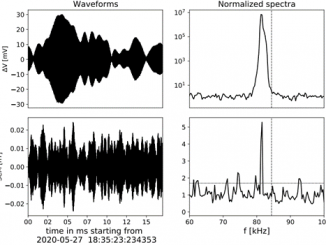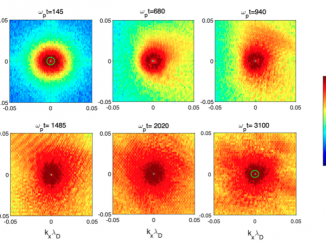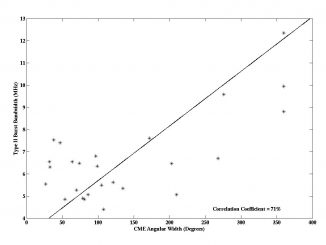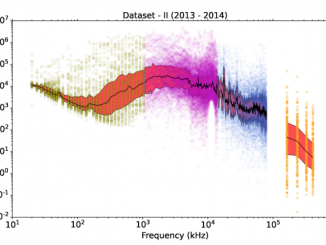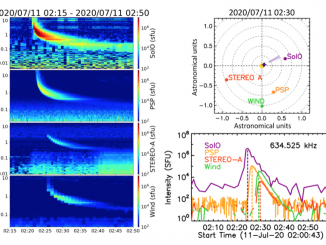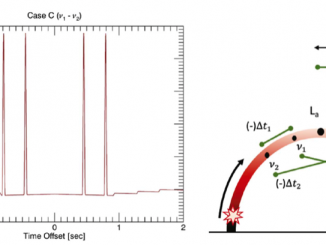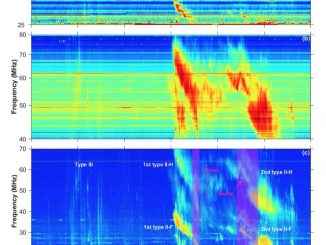Langmuir-Slow Extraordinary Mode Magnetic Signature Observations with Parker Solar Probe
by A. Larosa et al
Langmuir-Slow extraordinary mode (L-SE) waves have been routinely observed in the Solar wind and in Earth’s electron foreshock since the early age of the space exploration. They are intimately connected to the plasma emission mechanism for the type III and type II radio emissions. In fact, the generally accepted scenario is that L-SE waves are mode-converted to freely propagating electromagnetic emission at the plasma frequency. However, the details of the […]

